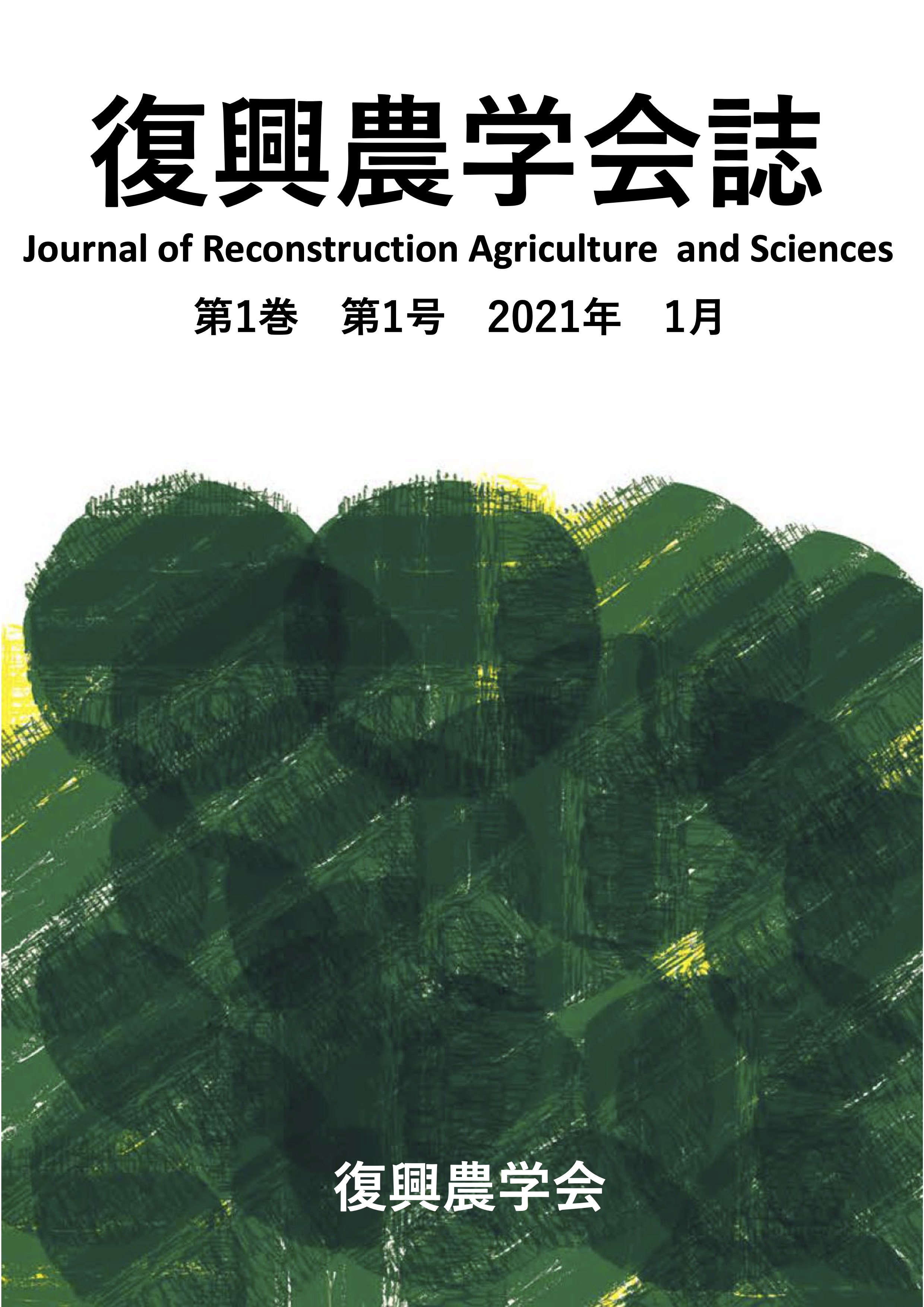Volume 3, Issue 2
Displaying 1-6 of 6 articles from this issue
- |<
- <
- 1
- >
- >|
Preface
-
Article type: Preface
2023 Volume 3 Issue 2 Pages 1
Published: July 31, 2023
Released on J-STAGE: August 25, 2023
Download PDF (320K)
Original Papers
-
2023 Volume 3 Issue 2 Pages 2-9
Published: July 31, 2023
Released on J-STAGE: August 25, 2023
Download PDF (617K) -
2023 Volume 3 Issue 2 Pages 10-23
Published: July 31, 2023
Released on J-STAGE: August 25, 2023
Download PDF (580K)
2nd annual meeting of the Society of Reconstruction Agriculture: Overview of the Symposium
-
2023 Volume 3 Issue 2 Pages 24-29
Published: July 31, 2023
Released on J-STAGE: August 25, 2023
Download PDF (1451K) -
2023 Volume 3 Issue 2 Pages 29-35
Published: July 31, 2023
Released on J-STAGE: August 25, 2023
Download PDF (1057K)
2nd annual meeting of the Society of Reconstruction Agriculture: Abstracts
-
2023 Volume 3 Issue 2 Pages 36-61
Published: July 31, 2023
Released on J-STAGE: August 25, 2023
Download PDF (2951K)
- |<
- <
- 1
- >
- >|
